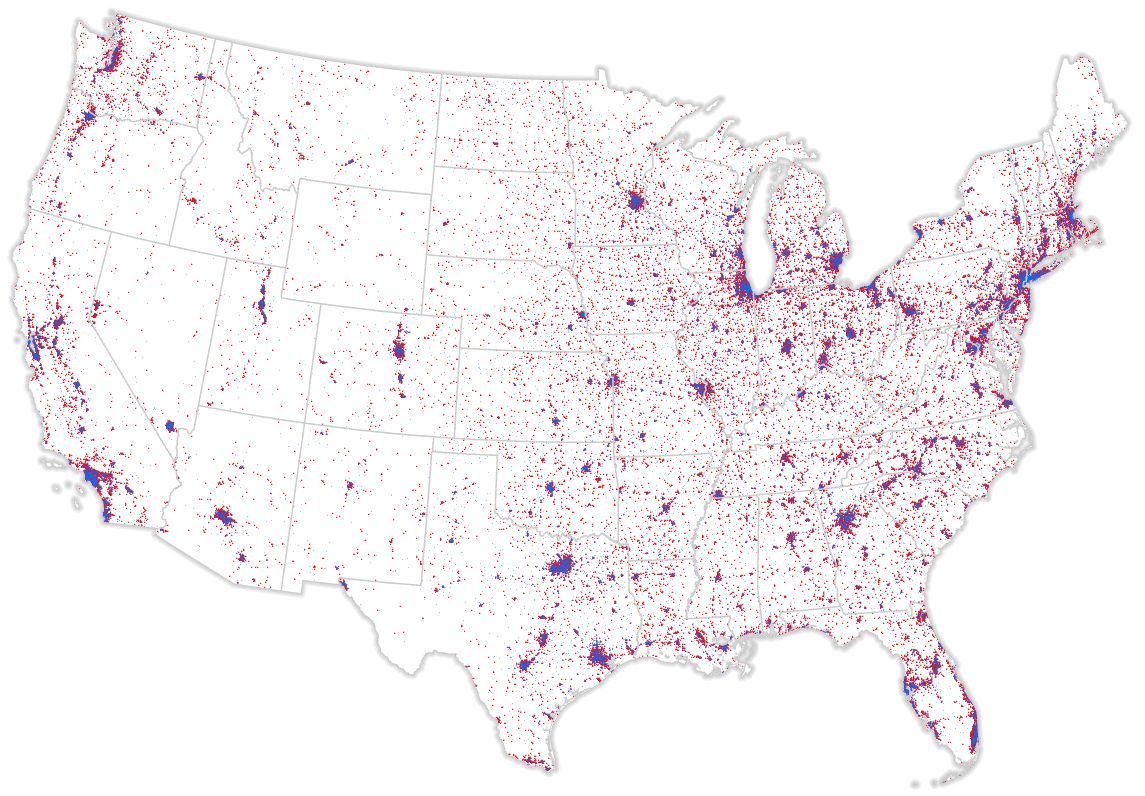

Voters made the final decision between the candidates selected for the general election. Citizens voted for convention delegates in September and the delegates then made their party's nominations to fill November's general election ballot.
#2014 nytimes election trial
The candidates for the state's supreme courts (the primary trial courts) were selected through a unique system of party conventions rather than primaries. William Gaylor with just 123 more votes, according to the initial results. The winner of the fourth seat was Tricia Ferrell, who barely edged out C. Eight candidates competed for four seats.

New York Supreme Court 3rd Judicial District candidate Lisa M.He received 59% of the vote, while his closest competitor, Sally Ann Jaroszynski, pulled in 28.5%. Piazza, who cross-filed for three parties ( Republican, Conservative, Independence), easily won a seat on the Chautauqua County Family Court. Houdek received only 2%, the least of all the candidates. Laporte, received just 14.7% of the total votes in that race. As a result, the candidate with the most votes, Evelyn J. For example, in the 2nd Judicial District, four seats were available, but there were 10 candidates. In the supreme court races, candidates were able to win with low percentages of the vote because the field was so plentiful.Another 105, however, faced competition in November.įor general election results, see: New York judicial elections, 2014.įor primary election results, see: New York primary elections, 2014. Antonio Delgado, the lieutenant governor of New York, convincingly defeated Ana María Archila and Diana Reyna in a three-way Democratic primary, according to. A lucky 31 were able to run to victory unopposed in the general election. One district court race for four open seats featured ten candidates, with no incumbents.Ī total of 154 individuals lined up for a chance at a judgeship in 2014, 34 of whom were incumbents. Most had several seats available, and an abundance of individuals were not shy about tossing their hats in the ring. Its district court races in particular were notable. New York's judicial elections were for the trial courts, as appellate judges do not face election. Results are unofficial until they are certified by election officials.īy Michael Andre, Aliza Aufrichtig, Gray Beltran, Matthew Bloch, Larry Buchanan, Andrew Chavez, Nate Cohn, Matthew Conlen, Annie Daniel, Asmaa Elkeurti, Andrew Fischer, Josh Holder, Will Houp, Jonathan Huang, Josh Katz, Aaron Krolik, Jasmine C.The races often seemed as populated as the state itself, and the results as colorful as you would expect from a state like New York.


Source: Election results from National Election Pool/Edison Research (Nov.


 0 kommentar(er)
0 kommentar(er)
